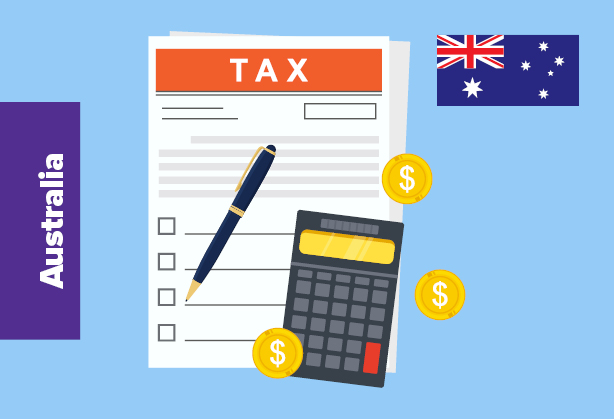
A Few Tips to Your Tax Bill
These reforms are set to simplify tax reporting for individuals and provide modest savings, particularly for lower-income earners.
Beginning 1 July 2026, Australians can claim a standard $1,000 deduction for work-related expenses. This initiative is designed to streamline the tax process for around six million taxpayers who currently claim less than this amount.
The deduction will be automatic, removing the need to provide receipts in many cases. However, those whose expenses exceed $1,000 will still be required to substantiate every claim in line with current rules. This means careful record-keeping will remain essential for many workers, particularly those with higher out-of-pocket costs related to their jobs.
For individuals opting for the standard deduction, the Australian Taxation Office (ATO) has confirmed there will be no audit. This will allow resources to be directed towards larger and more complex claims. This could result in tighter scrutiny of deductions over $1,000, making organised record management more important than ever.
It’s also important to note that the $1,000 deduction is not a cash refund. The real benefit depends on an individual’s marginal tax rate. For instance, someone taxed at 30 per cent would save $300, not the full $1,000. Taxpayers will still need to lodge a return to claim the deduction, meaning the first benefits won’t be seen until mid-2027.
Alongside the deduction, Labor has committed to reducing the lowest income tax rate. From 1 July 2026, the rate applying to earnings between $18,201 and $45,000 will fall from 16 per cent to 15 per cent. A year later, from 1 July 2027, it will reduce again to 14 per cent.
While these cuts provide only modest savings, they represent targeted relief for low and middle-income workers. Beyond these measures, Labor has signalled no intention to pursue broader reforms. The government has ruled out changes to negative gearing, the GST, or other income tax thresholds.
Taken together, the tax changes represent a cautious but practical approach. They aim to simplify compliance for millions of Australians while offering incremental relief to lower earners, without disrupting the broader tax framework.



